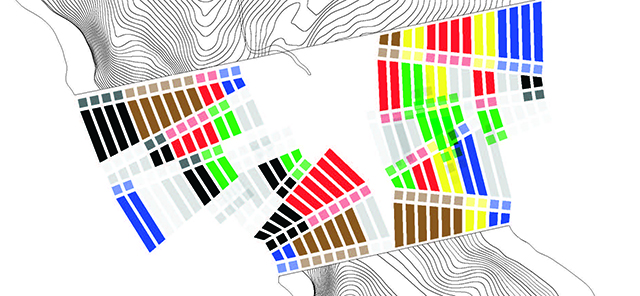

For some, architecture begins with investigating influences of site, inhabitation and event. Here, value may be found in the ability for a design to enable a particular performance in relation to its setting, and in the adherence of a design to an abstract description of inhabitation. Mapping and notation take center stage under this design approach, as architectural form arises through a negotiation of forces operating at two scales: external forces originating from site conditions influence space-making at macro scales (such as wind, sun direction, and topography), while internal forces that stand in for programmatic need and phenomenological event influence space-making at meso scales (such as procession, programmatic adjacency, and access to light and view). This project adopts such a point of departure based on site, event and program investigation explored and defined through, notation, mapping, and other drawing processes, as well as modeling, and critical and descriptive text development.
The project opens with the development of diagrams that address the spatial and temporal dynamics of a given site and program. Working in two-dimensional media, students produce a pair of diagrams: one that reveals a number of spatial and temporal phenomena occurring on the site at a macro scale, and another that addresses the dynamics of program and occupation implied by a refined version of the given program at a meso scale. Next, working in three-dimensional media, these diagrams are synthesized into a single description that resolves the site conditions with the demands of the program, and that specifies the performance of an architecture that synthetically resolves and mediates these often conflicting forces, opportunities and objectives. This synthetic diagram both reveals a set of desirable relationships between site and inhabitation as they unfold over time, and suggests a set of itineraries through an architectural space. Here, value in a proposed design is found in how well it embodies and enables the properties described in this diagram.

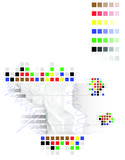
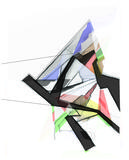
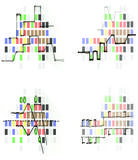
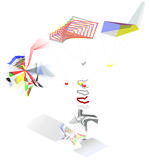
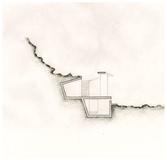
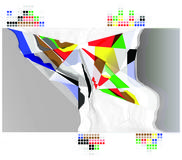
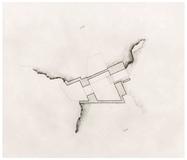









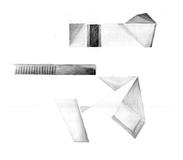








There's more!
Some other projects from this same class have been posted, as well as some interesting student work from this same year.